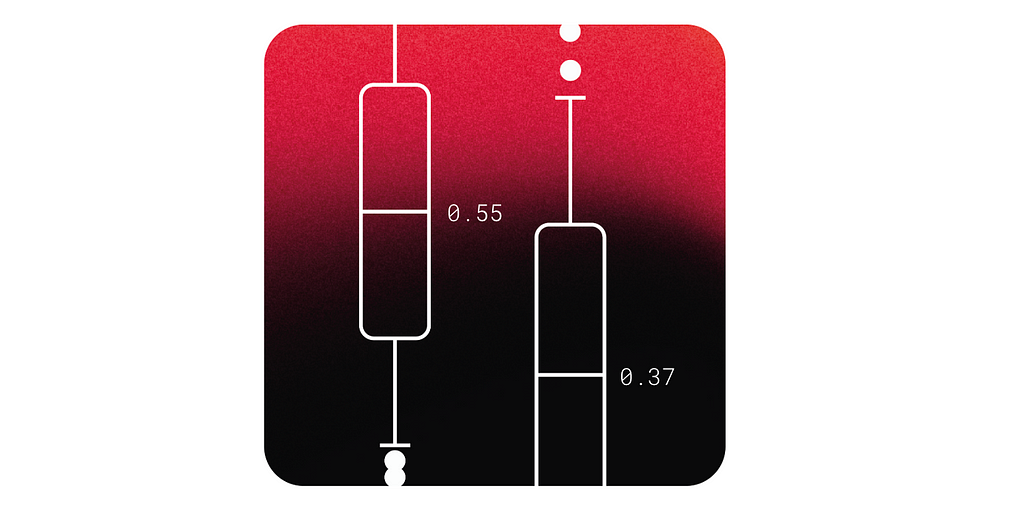Liminal Horror Games Like Dreamcore Are Reinventing The Walking Sim
People who are into games today generally know the term "walking sim." It seems to have cropped up around the time of Dear Esther in 2012, a first-person adventure game in which you explore the Scottish countryside on foot, triggering memories of your lost loved one. To be fair, the game does mostly involve walking around, but there was a time when calling a game a "walking sim" was meant by some as a dig against it. That was true of Dear Esther and many games since then. One would use it to say, "This game lacks gameplay." To an extent, that's not the case anymore, as walking sim is now a genre label on Steam so fans of them can easily find more, and many games are built to attract an audience that enjoys this kind of game.I like them, too, though I've always had something of an asterisk attached to my enjoyment. They didn't work as horror games, despite many attempts. I find this pairing doesn't work because walking sims often exclude mechanics besides things like moving and triggering dialogue. You can tell a good story in a walking-sim horror game, but in my experience, you can't create a frightening game if I can easily peer through the game's code, figuratively speaking, to find that there are no monster encounters to worry about. The game isn't going to present me with any fail states, or at least not any elaborate situations in which I may or may not survive, which is where a horror story's tension originates.Simply put, if it's clear the mechanics of a horror game won't advance past, more or less, moving around alone, then the setting itself has to effectively sell the scare factor. Typical horror games have not shown an ability to do that effectively or consistently, in my experience. This has ruined countless horror games for me over the years. But one new game, Dreamcore, is helping solve it.Continue Reading at GameSpot

People who are into games today generally know the term "walking sim." It seems to have cropped up around the time of Dear Esther in 2012, a first-person adventure game in which you explore the Scottish countryside on foot, triggering memories of your lost loved one. To be fair, the game does mostly involve walking around, but there was a time when calling a game a "walking sim" was meant by some as a dig against it. That was true of Dear Esther and many games since then. One would use it to say, "This game lacks gameplay." To an extent, that's not the case anymore, as walking sim is now a genre label on Steam so fans of them can easily find more, and many games are built to attract an audience that enjoys this kind of game.
I like them, too, though I've always had something of an asterisk attached to my enjoyment. They didn't work as horror games, despite many attempts. I find this pairing doesn't work because walking sims often exclude mechanics besides things like moving and triggering dialogue. You can tell a good story in a walking-sim horror game, but in my experience, you can't create a frightening game if I can easily peer through the game's code, figuratively speaking, to find that there are no monster encounters to worry about. The game isn't going to present me with any fail states, or at least not any elaborate situations in which I may or may not survive, which is where a horror story's tension originates.
Simply put, if it's clear the mechanics of a horror game won't advance past, more or less, moving around alone, then the setting itself has to effectively sell the scare factor. Typical horror games have not shown an ability to do that effectively or consistently, in my experience. This has ruined countless horror games for me over the years. But one new game, Dreamcore, is helping solve it.Continue Reading at GameSpot
What's Your Reaction?











































.png?width=1920&height=1920&fit=bounds&quality=80&format=jpg&auto=webp#)






